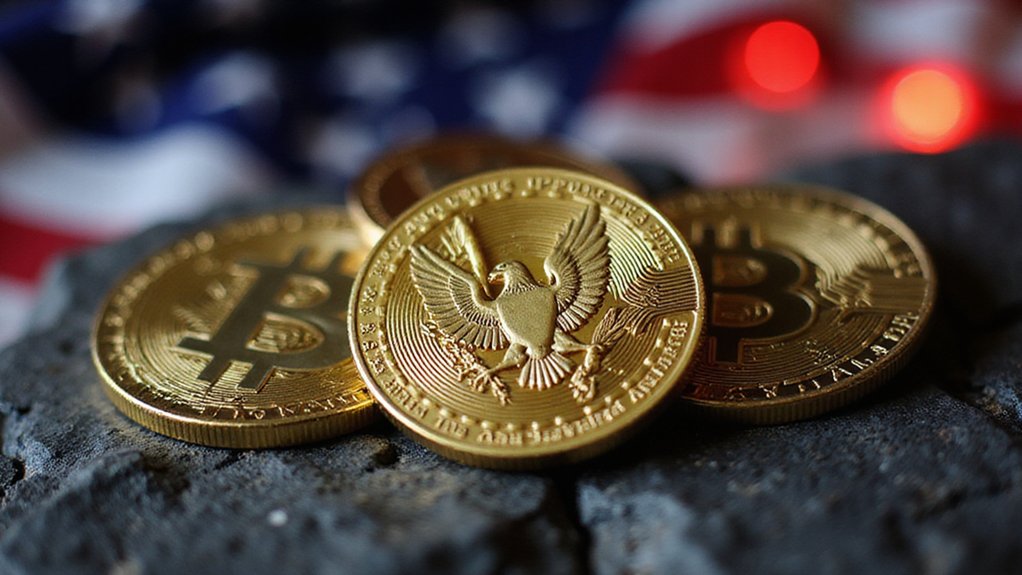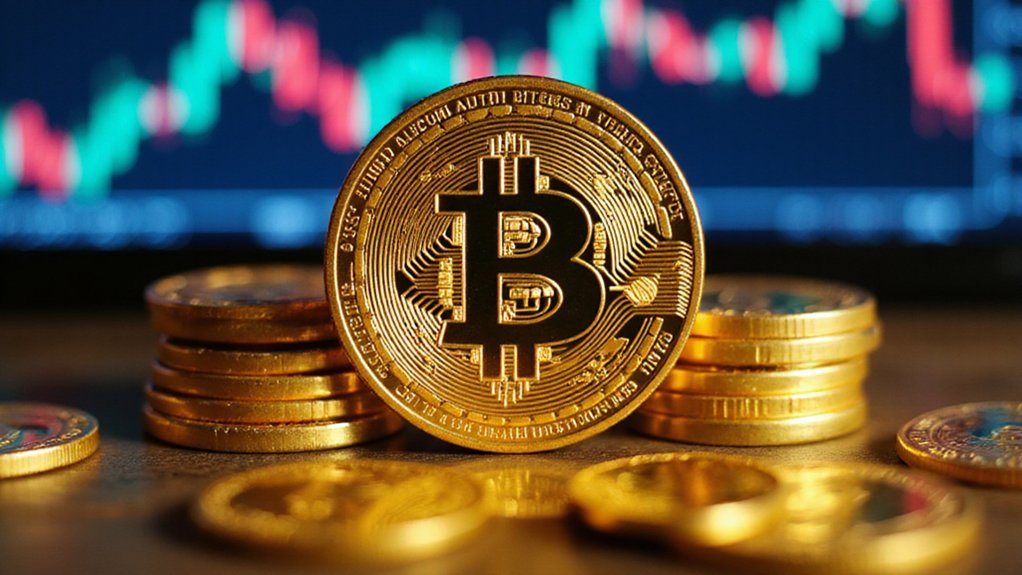While established cryptocurrency titans like Ethereum and XRP continue their measured march through institutional adoption corridors, a political memecoin bearing the rather unsubtle moniker MAGACOIN FINANCE has emerged to challenge the conventional wisdom that cultural relevance and speculative returns operate in inverse proportion.
The project’s community metrics paint an intriguing portrait of grassroots momentum—over 20,000 engaged supporters and 5,000 actual investors have materialized faster than comparable memecoins like Dogecoin and Shiba Inu managed during their nascent stages. This acceleration occurs precisely when analyst projections (ranging from conservative 55x to ambitious 1000x returns) suggest the market remains hungry for assets combining political narrative with speculative upside. The project’s capped token supply demonstrates its commitment to long-term sustainability in an increasingly volatile market environment.
What distinguishes MAGACOIN FINANCE from the usual parade of dog-themed tokens isn’t merely its political positioning, but rather its strategic exploitation of cultural momentum as a market driver. While Ethereum grapples with scaling solutions and XRP navigates regulatory labyrinths, this newcomer sidesteps technical complexity entirely, betting instead that political alignment trumps blockchain sophistication in determining retail investor behavior.
The presale dynamics reveal particularly telling market psychology—rapid sellouts across initial phases suggest demand exceeding supply constraints, a phenomenon that historically precedes either spectacular gains or equally spectacular collapses. Several crypto analysts have crowned it the “#1 coin to purchase in 2025,” though such proclamations typically correlate more strongly with marketing budgets than fundamental analysis. The project’s $0.007 listing target represents a significant markup from current presale prices, indicating the potential for substantial returns upon exchange debut.
Perhaps most fascinating is how MAGACOIN FINANCE leverages what established giants cannot: genuine cultural specificity. Ethereum serves everyone; XRP courts institutions; but political memecoins target demographic tribes with laser precision, creating what economists recognize as artificially constrained market segments. The emergence of political cryptocurrencies comes at a particularly interesting time as the GENIUS Act moves through Congress, potentially establishing comprehensive regulatory frameworks that could legitimize the broader stablecoin and cryptocurrency ecosystem.
Whether this represents sustainable competitive advantage or merely sophisticated pump-and-dump mechanics remains the central question. Can tokenomics engineered around scarcity principles and cultural identity truly “overtake” mature cryptocurrencies with trillion-dollar market capitalizations and institutional infrastructure?
The answer likely depends less on technological merit than on whether political crypto trends prove more durable than previous meme cycles—a proposition that transforms investment analysis into political forecasting, with all the inherent uncertainties such territory entails.








